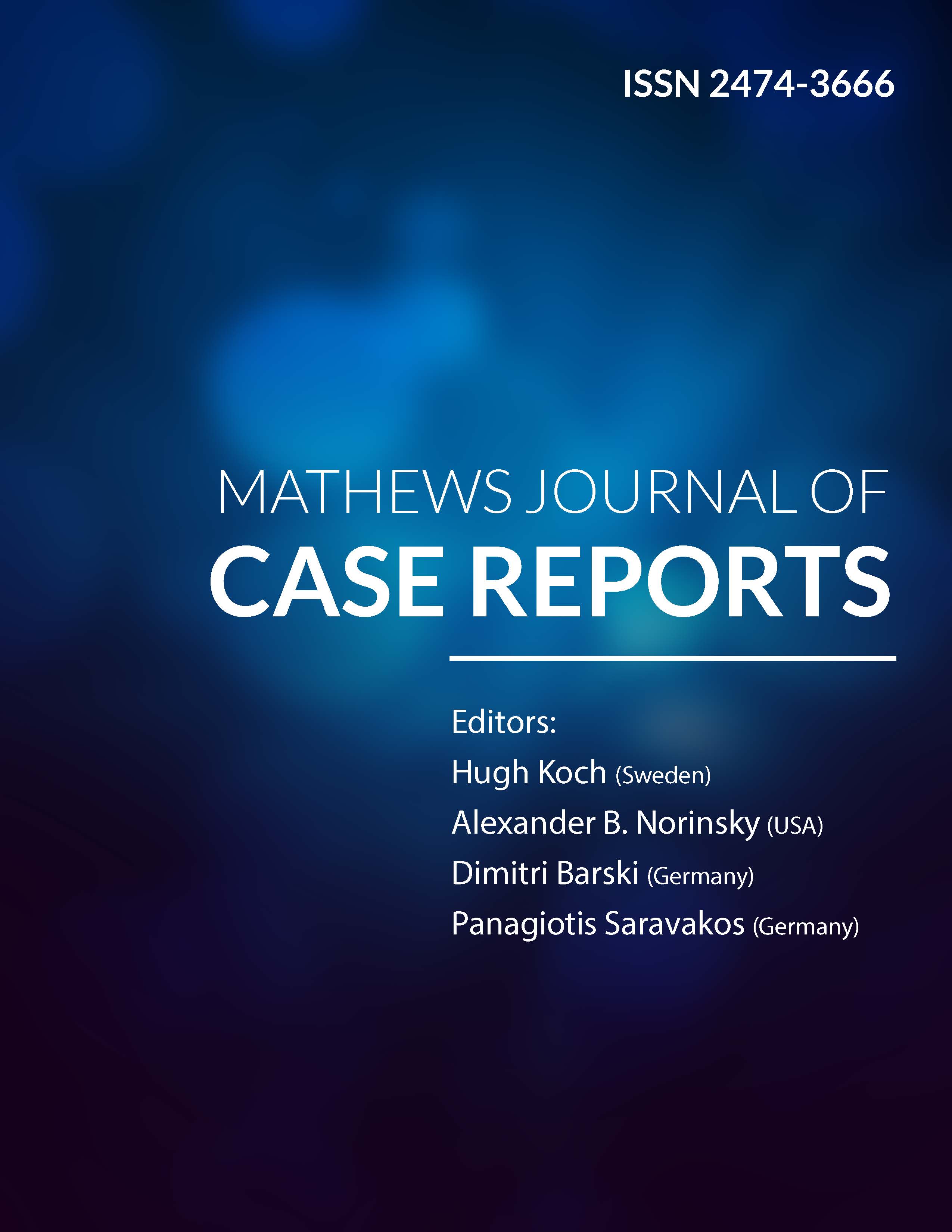
Information Links
Previous Issues Volume 4, Issue 3 - 2019
Posterior Reversible Encephalopathy Syndrome Possibly Related to Intracranial Hypotension: A Case Report
Ranft SD1*, Parkhutik V1, Röther J2, Kehler U2, Gaebel C1, Eckert B2, Valdueza JM1
1Neurological Centre, Segeberger Kliniken, Bad Segeberg, Germany
2Department of Neurology, Asklepios Hospital Altona, Hamburg, Germany
Received Date: Sep 04, 2019
Published Date: Sep 20, 2019
*Corresponding Author: Saskia D Ranft, Neurologisches Zentrum, Hamdorfer Weg 3, Bad Segeberg 23795, Germany.
Copyright © 2019 Ranft SD.
Citation: Ranft SD. (2019). Posterior Reversible Encephalopathy Syndrome Possibly Related to Intracranial Hypotension: A Case Report. Mathews J Case Rep 4(3): 57.
ABSTRACT
Posterior reversible encephalopathy syndrome (PRES) is a multipathological entity with a common ending point-dysfunction of the blood-brain barrier and formation of vasogenic edema, defined by a unique brain magnetic resonance (MR) imaging pattern with white matter abnormalities. Among atypical underlying causes, intracranial hypotension has been reported in few cases. We present what we believe to be another case of PRES possibly associated with intracranial hypotension, in absence of other known contributing factors. A 68-year-old woman with a dural tear was treated with lumbar liquor drainage and judged to have been cured. Three weeks later she suddenly presented with somnolence, agitation and disorientation. Brain MR showed hyperdense cortico-subcortical FLAIR lesions predominately in both occipital lobes. None of the typical predisposing factors were present. During the following 4 weeks the symptoms regressed significantly without any treatment, with follow up MRI also showing a clear remission of the hyperintense lesions in the temporal and occipital lobes. Data from individual cases suggest that intracranial hypotension may lead to PRES-like radiological patterns. Further observations are necessary to confirm this hypothesis and establish a pathological theory that would bind the two entities. The working theory could be based on compensatory vein dilatation and stagnation of venous flow leading to cytotoxic edema.
Keywords: Edema; Hypotension; Encephalopathy; Hyperperfusion.